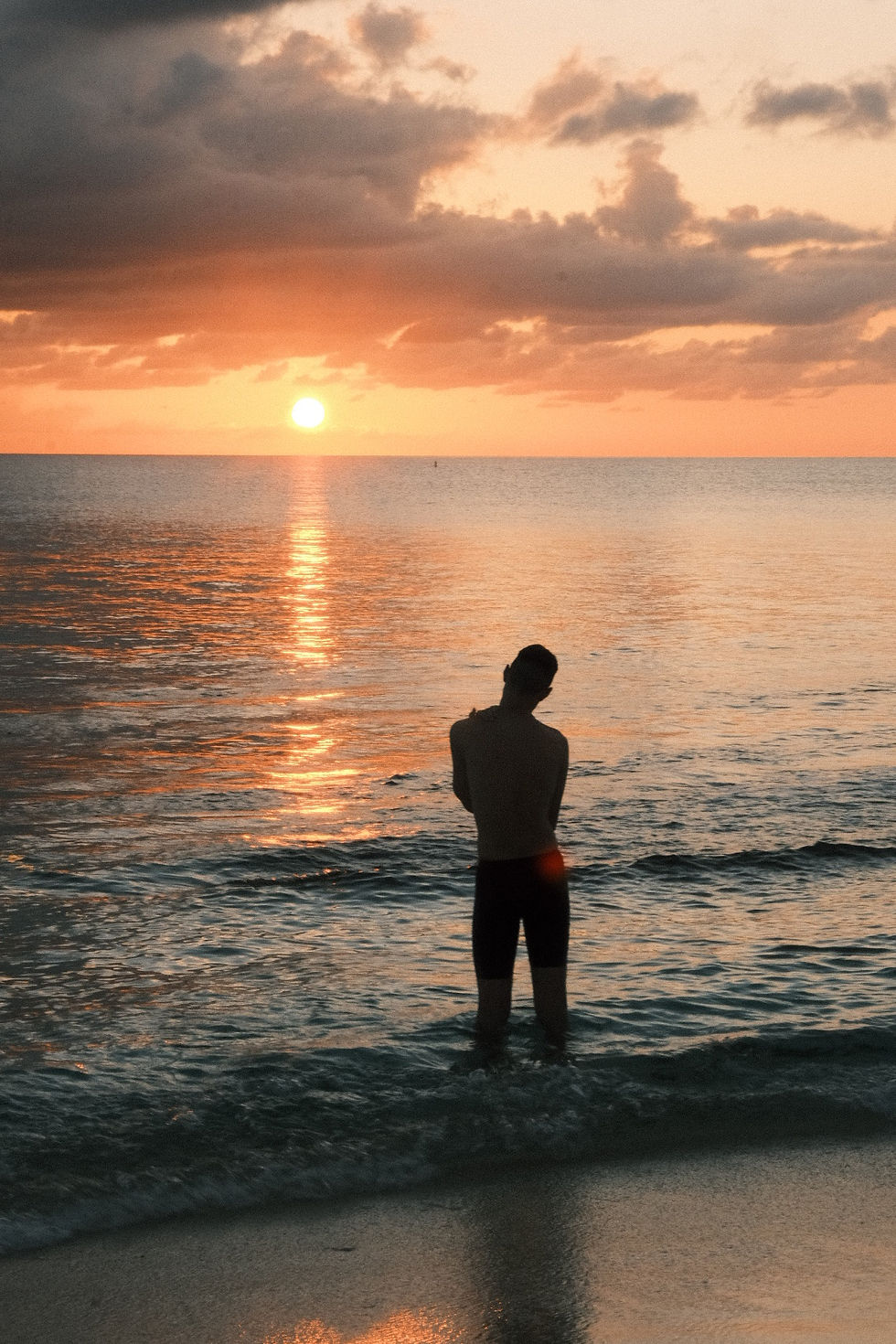4 forward fold mistakes (and how to correct them)
- Louise FitzRoy, Principal, Activ Life

- Aug 5, 2020
- 3 min read
A yoga teacher with tight hamstrings? That can't be possible! Well it is, and I'm living proof. I've been addicted to sport ever since Year 5, and must admit that after running a cross-country race, playing a hockey game or finishing a touch football match, the last thing to cross my mind was stretching. If only I knew then what I know now.

Having tight hamstrings has made me increasingly aware of how I need to adapt my position in a pose to maximise benefits. Otherwise I don't feel the pose where I should, and I am potentially putting unnecessary pressure on other parts of the body that are stepping in to provide the required support. Here are the most common forward fold mistakes I have witnessed in my years of yoga teaching, with tips on how to make those folds work better for you.
Rounding the spine: there seems to be a misconception that the forehead must connect with the shin in any forward fold no matter what. Your forehead should not be anywhere near your shin, unless both chest and stomach are laying flat on your leg(s). Otherwise you round through the spine and put pressure on your back muscles. Instead, inhale to lift and lengthen before entering the forward fold, and then exhale to lower, rolling your torso out along the leg and focusing on bringing your navel to your thigh first. If this is where you want to stay, keep the chest open and gaze over the toes. If the navel is connected and you can go further, follow with the chest, and FINALLY the forehead. There should be no gap between your torso and your leg. This ensures a lovely straight spine, which leads me onto mistake number two.
Failing to lift up and out of the hips: you need to create space at the hips to enter a forward fold. Failing to do so, won't give you the momentum to maximise the pose and will leave your hamstrings in complete and utter despair. Inhale to lift, increasing the space between the vertebrae of the spine, and then exhale to hinge forward at the hips imagining that they are a door hinge and the door is closing slowly. This length will assist to deepen the muscle release from the top of the hamstring.
Keeping the legs straight: sure, if you're flexible keep the knees straight. However, if you're like me and the hamstrings need constant love and attention, then I highly recommend bending your knees in a forward fold. Don't worry, you will still feel a magnificent stretch in your hamstrings if you follow my cues. Firstly, bending the knees, whether you're in a standing or seated forward fold, gives your navel a fighting chance to come anywhere remotely close to meeting the thighs. Secondly, by bending the knees you keep the spine straight. See where I'm going with this. Thirdly, bending the knees allows you greater movement to hinge forward at the hips so that you feel the stretch where you should (hamstring, not lower back). This technique also prevents you from locking the knees and feeling a pulling sensation behind the knee joint. In a standing forward fold, bring the weight slightly forward into the balls of your feet as you tilt your tailbone to the sky. Pure bliss. From here, I love challenging myself to straighten the knees every so slightly on each exhalation, while keeping the torso glued to my legs.
Not using props: if you are not getting any momentum hinging forward at the hips which leaves your hamstrings "stretchless", sit on a yoga block or cushion to elevate your hips and give you the leverage to move your weight forward. They're called forward folds for a reason! If you're still not feeling a release in the hamstrings and need additional assistance to get you into your correct alignment, feel free to use a strap ONLY if you abide by each and every point above. For some reason a strap tends to give us inexcusable permission to force our way forward. We must not succumb to this bad behaviour, but rather maintain the integrity of the pose so that we see results.
Louise FitzRoy is the Principal of Activ Life, a leading health and wellness company based in the Cayman Islands. If you enjoyed this article you may also like: Do I need to be flexible to practise yoga?




Comments